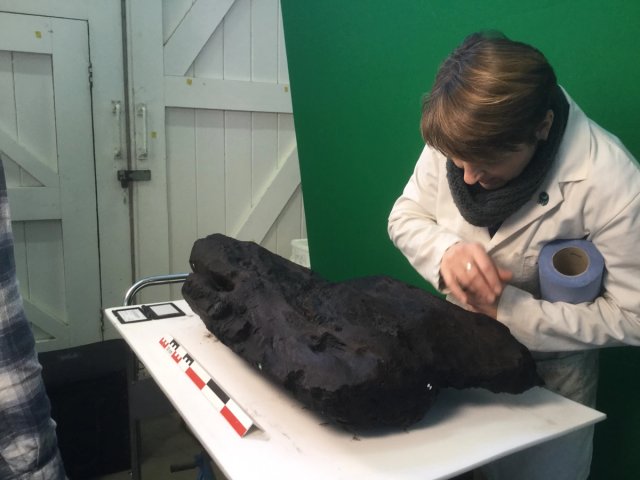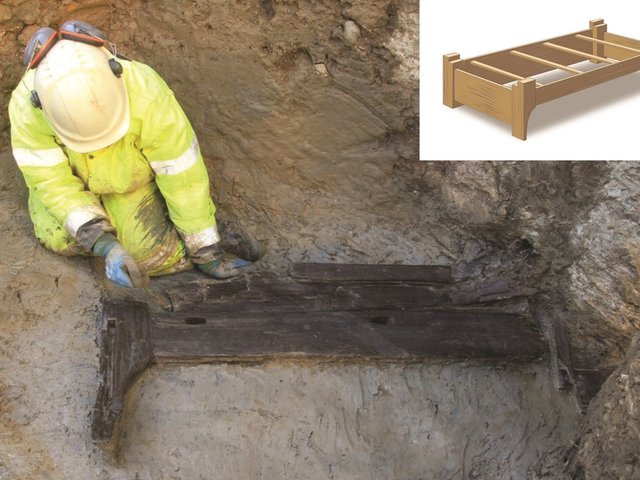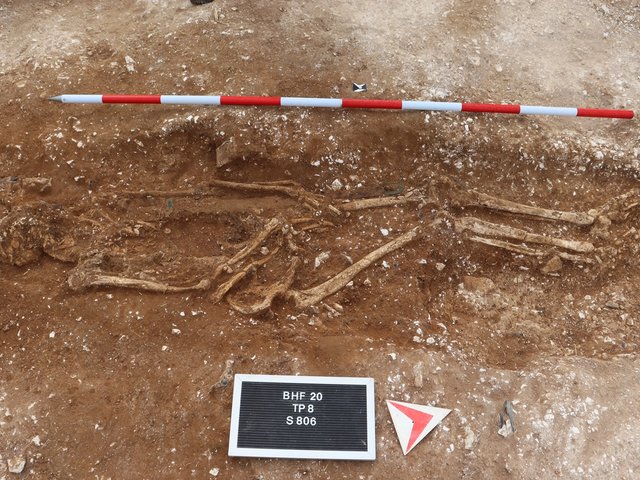The riddle of a person who died more than two millennia ago on the Isles of Scilly, an archipelago off the southwest of England, and was buried with a beautiful bronze mirror and a costly sword, has been solved. But the answer raises as many questions as it solves. The belief had been that only Iron Age women were buried with mirrors, and only warrior men with swords but the body now identified as a woman owned both, in death and presumably in life.
Archaeologists are now planning to look again at both sword and the much rarer mirror burials, and reconsider the sex of the dead person as well as what such finds tell us about their society.
Sarah Stark, a human skeleton biologist with Historic England, which led the international scientific study, says the discovery suggested a leading role for a woman in warfare on Iron Age Scilly. “Although we can never know completely about the symbolism of objects found in graves, the combination of a sword and a mirror suggests this woman had high status within her community and may have played a commanding role in local warfare, organising or leading raids on rival groups,” Stark says.
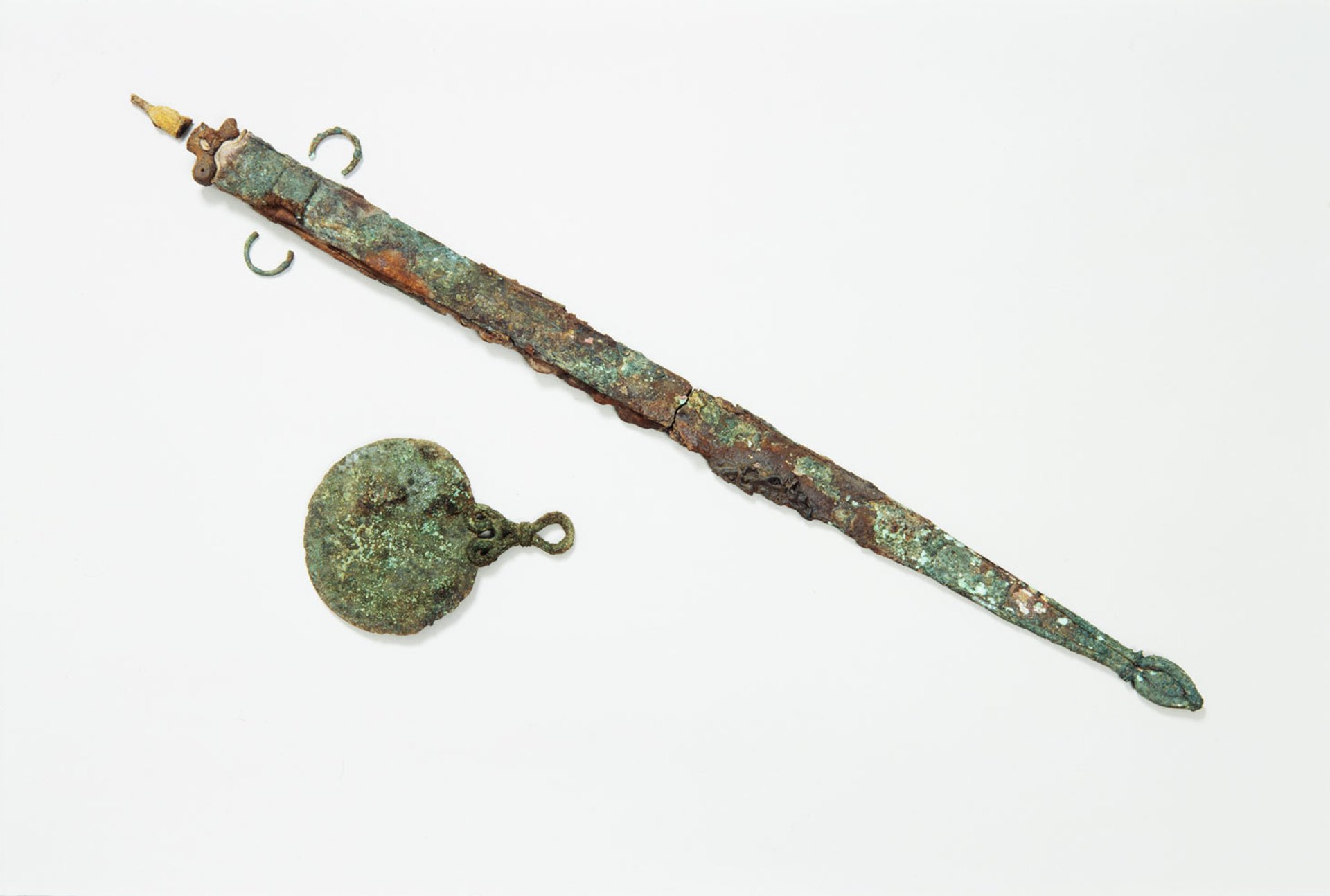
The Iron Age sword and mirror found on the island of Bryher, which is part of the Isles of Scilly © Historic England Archive
She adds: “This could suggest that female involvement in raiding and other types of violence was more common in Iron Age society than we’ve previously thought, and it could have laid the foundations from which leaders like Boudicca would later emerge.”
The grave, a neatly constructed stone lined pit, was an accidental find by a farmer on the island of Bryher in 1999. Only a handful of fragments of bones and teeth survived; a stain in the soil was all that remained of most of the crouched skeleton. Earlier attempts to extract DNA failed because the bones were too decayed, but the new evidence has emerged from a technique developed by scientists at the University of California at Davis, which extracts proteins from tooth enamel that can be linked to the X and Y chromosomes determining sex.
Glendon Parker, a professor of experimental toxicology at the University of California, says the results from the tiny fragments of tooth from Scilly gave a 96% probability that the individual was female. “Given the degraded state of the bones, it’s remarkable to get such a strong result. It makes you wonder what could be discovered by re-visiting other badly degraded burials.”
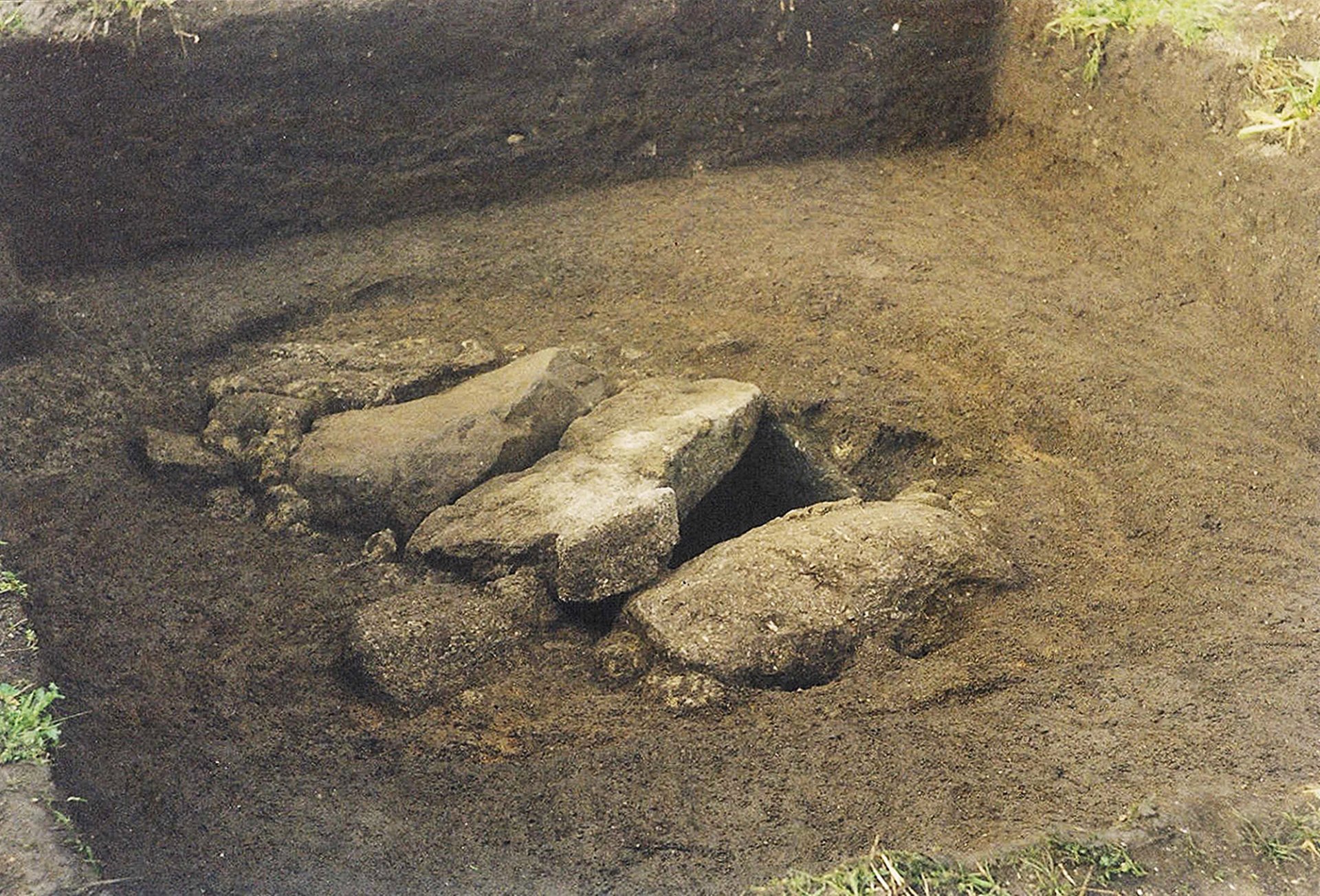
The Bryher burial, with capstones in place © Isles of Scilly Museum Association
The grave was already an extraordinarily rare discovery. Mirrors were luxury objects believed by some archaeologists to be more associated with magic than with beauty, the cloudy images in the polished metal perhaps thought to reveal the faces of the dead as well as the living. They are very rare finds, but the mirror in the same grave as a sword was a unique find in western Europe. The grave held the richest collection of grave goods from the southwest of England: as well as the crouched skeleton there were shield fittings, a ring for a sword belt, a copper brooch and ring, fibres from woven textiles, and what may have been a sheep or goat skin.
The mirror and the sword are both on display at the Isles of Scilly Museum. The research is published today in the Journal of Archaeological Science Reports.



